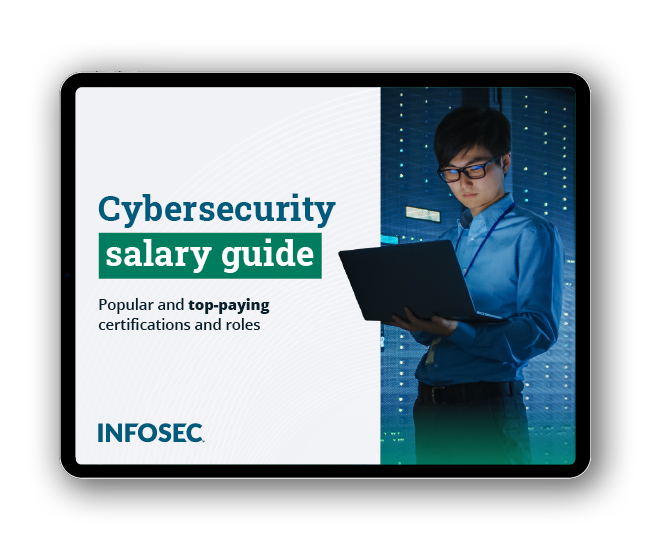Twitch and YouTube abuse: How to stop online harassment
Racial abuse in live chats during streams, sexual harassment and even instances of swatting permeate streaming platforms like Twitch and YouTube, according to many creators and outlets like the Washington Post.
What can be done to stop these streamers, bloggers and influencers from being subjected to regular abuse?

FREE role-guided training plans
“As gamers and influencers bring viewers into their living rooms and our bedrooms during a live stream, games or social media stories, participants can feel personally connected to the event, even though they are doing so along with tens of thousands of other fellow viewers," Concentric’s chief of staff Laura Hoffner said.
"A crossover into obsession is enabled by the ease of information about these individuals, including physical addresses, familial contact information and patterns of life details, such as frequented stores, gyms and friends’ houses. The face-to-face that live chat affords means that both effusive praise and also abuse and even better threats are allowed to flow uninterrupted into the creator’s personal space.”
Hoffner adds that the “influencer industry” has not kept pace with providing ample security to its users. Nor has it dealt with a more cultural aspect: stigma surrounding virtual threats, leading to physical violence.
When online harassment turned into real-world threats
In a recent episode of the Cyber Work Podcast, Roderick Jones, executive chairman of Concentric, said this fusion of virtual and real-world threats began with Scientology and YouTube. Actor Tom Cruise made some comments about Scientology that made it to YouTube, and the video was pulled at the behest of the Church of Scientology. Hacker group Anonymous attacked Scientology virtually and in the real world via denial-of-service attacks and spamming faxes. People in Guy Fawkes masks were standing outside of Scientology buildings in San Francisco.
“[It was essentially] the first time that an esoteric threat jumps out of the internet and becomes real,” Jones said. “We worked with YouTube at the time because … there was a combination of DDoS attacks and physical threats to the organization.”
Then Gamergate happened. It was an online harassment campaign targeting female video game developers.
Gamergate really put a spotlight on the problem, said Jones, as it led to more cases of doxing and then swatting and other physical threats.
“There have been cases of prominent gamers — Dr DisRespect was one a couple of years ago whose house got shot up after some disputes over a game,” said Jones. “And last year female gamer BrookeAB from 100 Thieves actually publicly posted about having a stalker on the internet.”
While highly publicized in the media, Jones said this is just the tip of the iceberg.
“If you talk to people at Twitch, these things are absolutely happening all the time,” Jones said.
Attacks on reputation, financial attacks, information attacks, deep fakes and more have all entered into the digital space as ways to destroy the career of a streamer.
“Desensitization is expected from influencers when negative comments and responses are expected to be seen aloud and anticipated even on a mass scale,” Hoffner said. “Because that baseline of negativity is established, the threat escalation is significantly higher, while also being allowed to ‘drown in the noise.’”
What can be done against online harassment?
In addition to more robust community guidelines at companies, blockchain could be a solution.
“If you had to pay to speak with a micro-transaction, you might think twice about it,” Jones said. “Twitter just introduced or just announced a big blockchain initiative to look at some of these kinds of issues, because they know that people do hide behind the — it’s not even anonymity, in some cases. It’s just the fact that the consequences aren’t directly in their face. They’re adding some extra steps, and some will actually have to pay to say that kind of thing in some way. It might be an interesting solution to this.”
Jones also mentioned that the Media Lab at MIT is working on a less vitriolic “public discourse system.”
“So, there are lots (of things) going on there,” Jones said. “But I think the desensitization is something that we shouldn’t accept as, OK, it’s gone now. We should try and introduce some controls back into language and speech on the internet.”
Jones mentions Britain and its fight against online racial abuse targeted toward professional Black soccer players as an example of doing better. While online racial abuse wouldn’t have been prosecuted before, those hurling racial slurs are now suffering the consequences of their actions.
“With technology, policy law and all the rest of it needs to catch up to what we’ve created. I don’t think too many people would disagree with that,” Jones said.
As for streamers facing harassment now, Jones has some helpful tips. First and foremost, you should remove as much personal data as possible from the internet.
Next is to review your network security or cybersecurity. Setting up your computer environment is important to prevent hacking. Working out how to prevent threats like swatting, something Concentric also does with clients, is important. And don’t forget about other cybersecurity best practices such as using two-factor authentication.
Most importantly, have a plan in advance. Work with a trusted company if you can.
“Most people don’t wake up in the morning thinking, ‘Oh, gosh, I’m going to be under security threat today. Let me look in the yellow pages.’ It doesn’t work like that,” Jones said. “A lot of the work we do actually is just meeting people. Here are some things to do, call us if you need us.
“An ounce of preparation, as they say, is worth a million dollars difference.”
Listen to the full Cyber Work Podcast episode with Roderick Jones, Security risks facing streamers on Twitch and YouTube.

Get your guide to the top-paying certifications
With more than 448,000 U.S. cybersecurity job openings annually, get answers to all your cybersecurity salary questions with our free ebook!
Sources:
- Marginalized streamers beg Twitch to ‘do better’ in wake of hate raids, poor pay, Washington Post
- Anonymous hackers take on the Church of Scientology, CNET
- Dr. DisRespect’s house reportedly shot at during stream, authorities investigating, Polygon
- BrookeAB, Twitter
- UK man sentenced over racist abuse of England soccer players, Reuters








